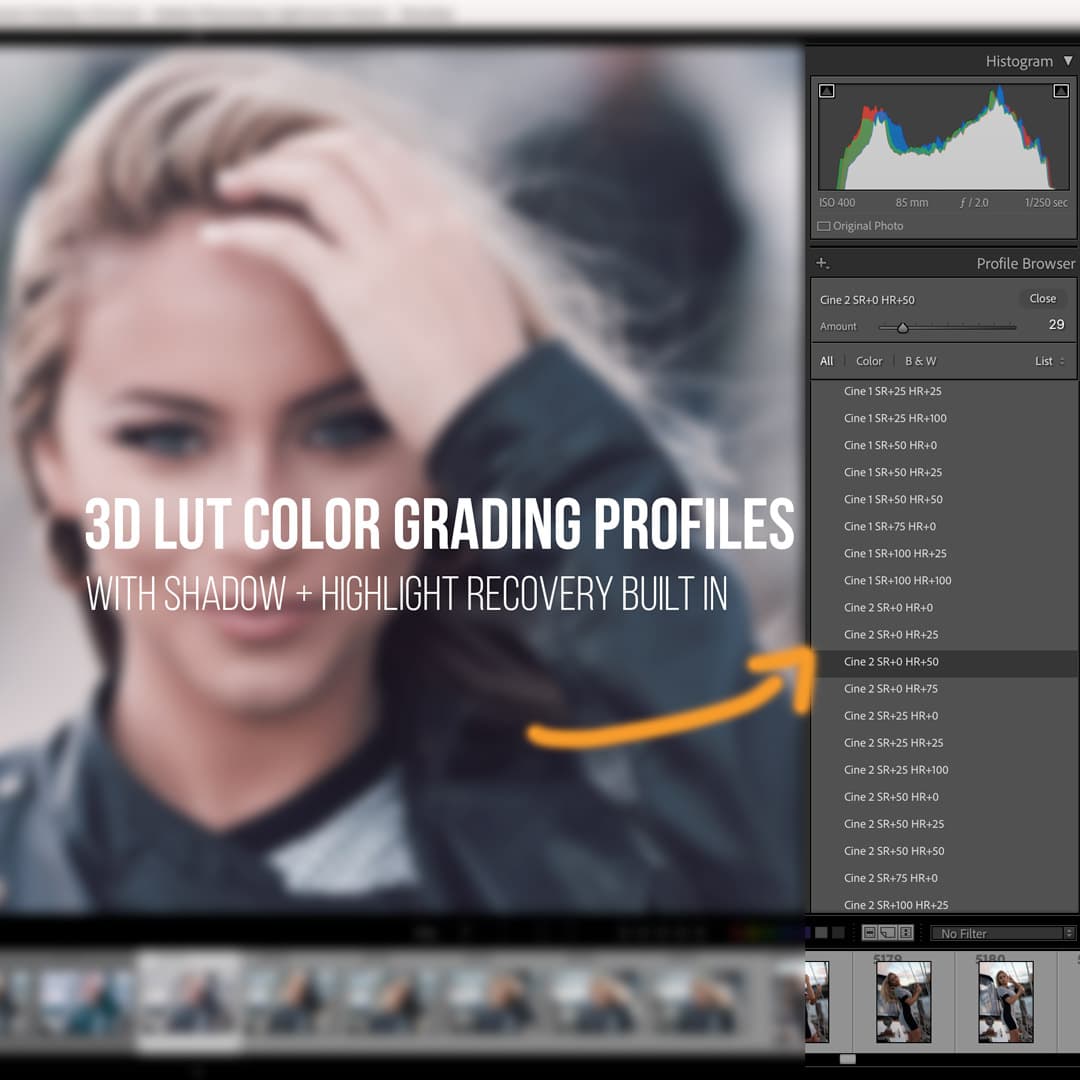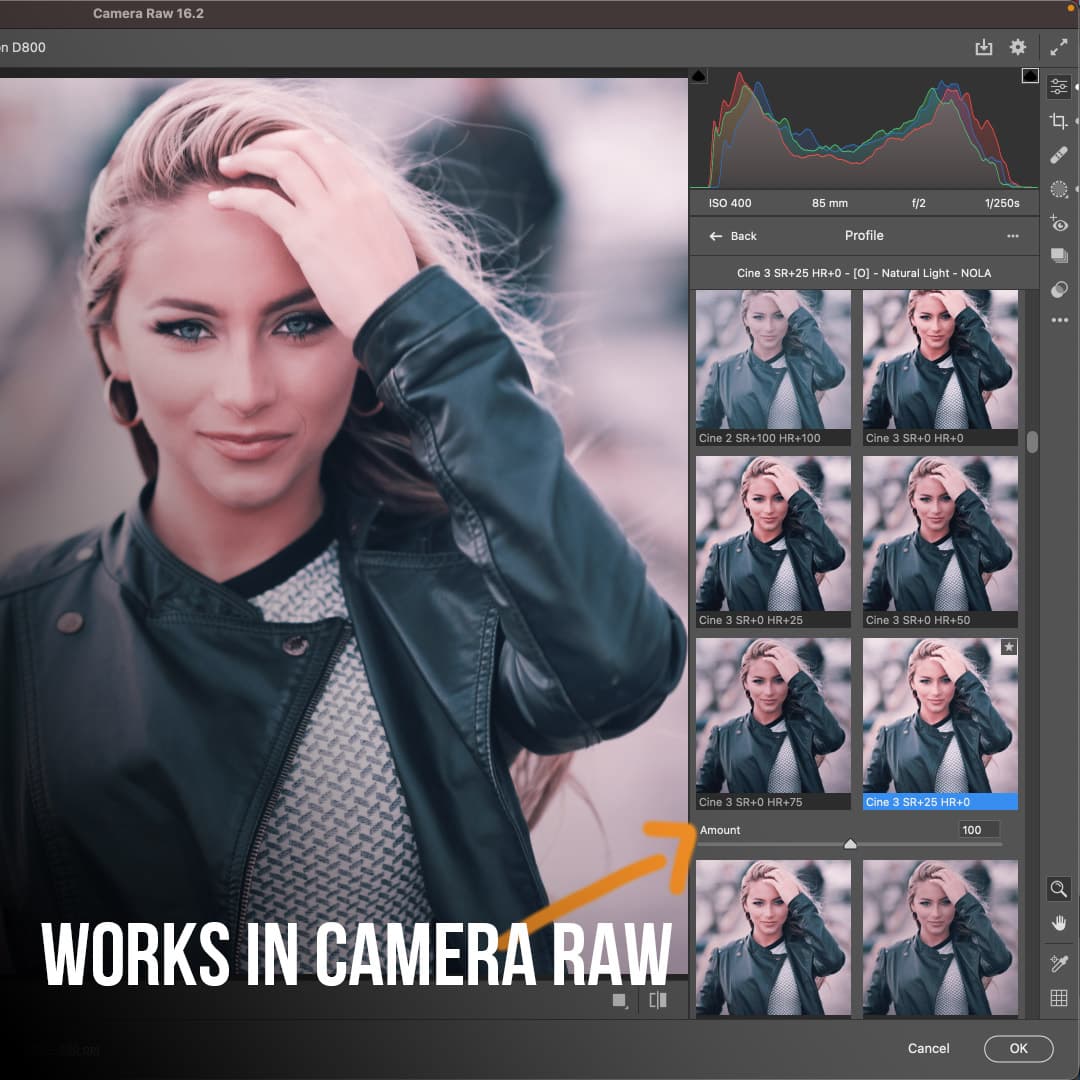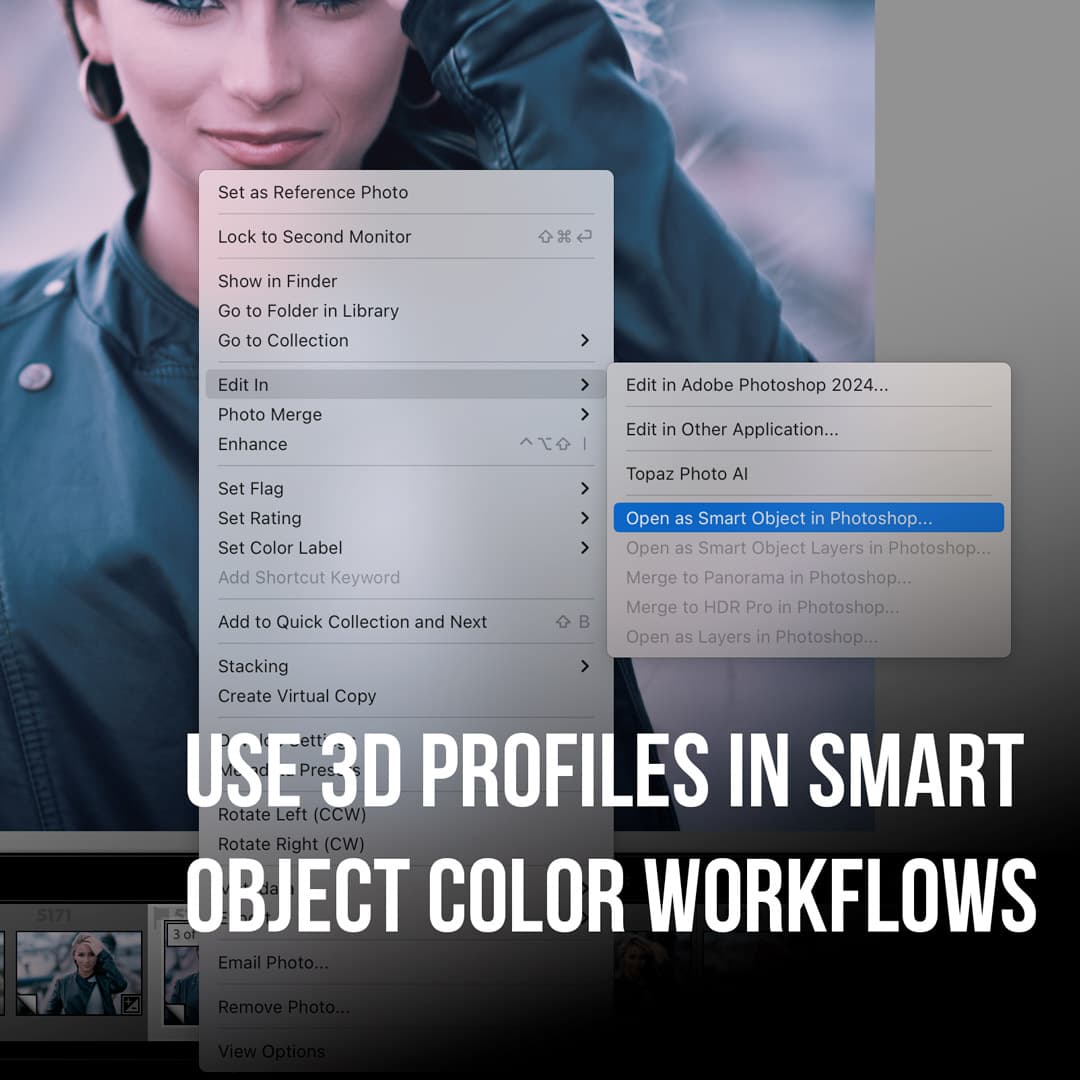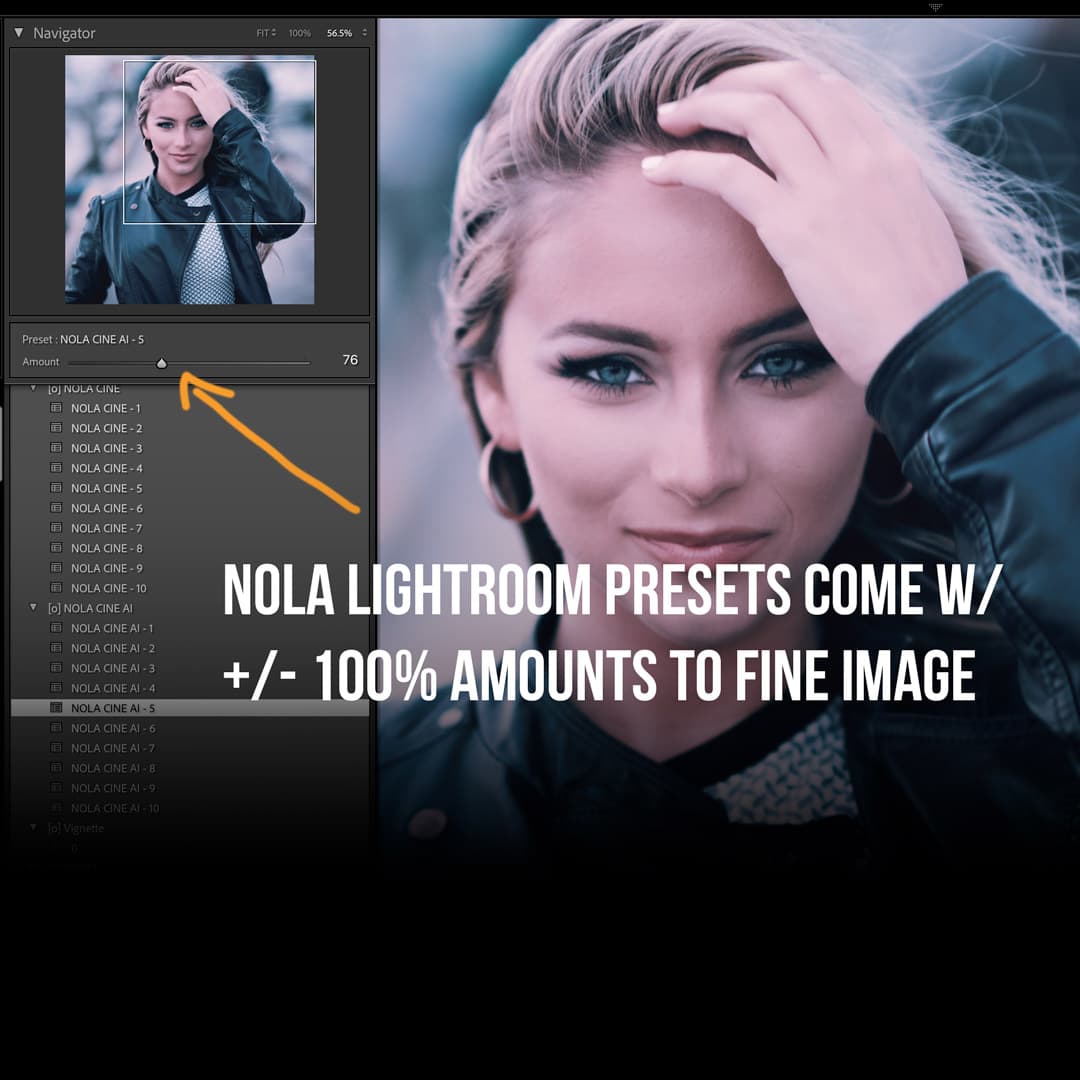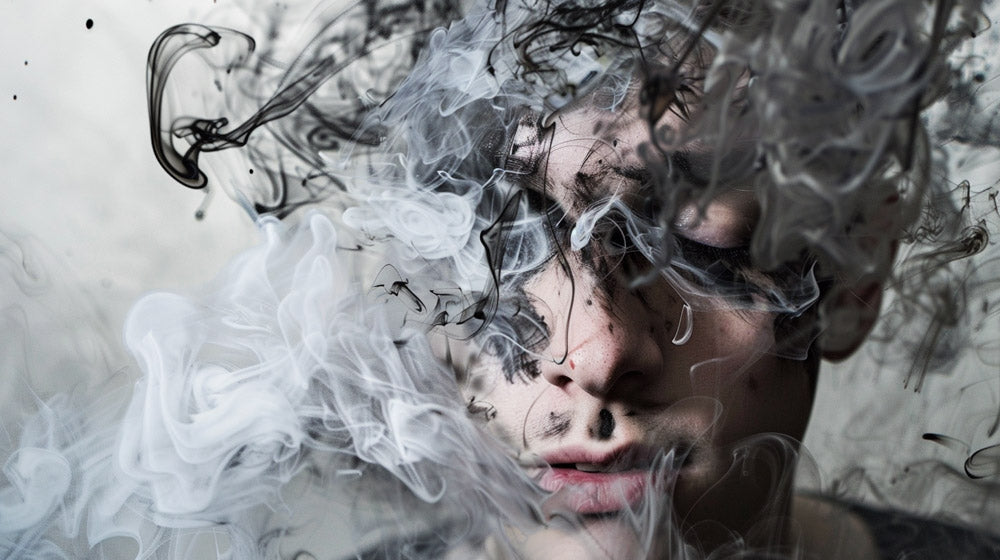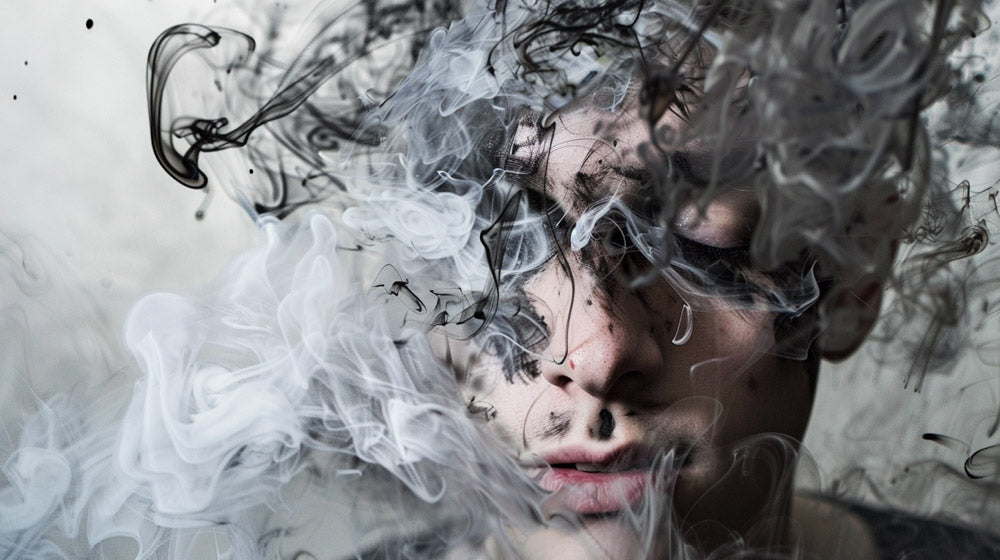Dans le domaine de la photographie numérique, l'étalonnage des couleurs est une étape essentielle pour améliorer l'attrait visuel des images, et c'est là que les LUT 3D entrent en jeu. Avec Adobe Lightroom Classic, les photographes et les éditeurs disposent d'un outil puissant pour appliquer ces tables de correspondance aux images, modifiant considérablement la couleur et le ton en quelques clics. L'installation et l'utilisation de LUT 3D peuvent considérablement rationaliser votre flux de travail de post-traitement, vous permettant d'obtenir facilement des effets d'étalonnage des couleurs complexes.
Dans la vidéo : Utilisation de la collection NOLA 3D LUT
Si vous souhaitez donner un style cinématographique ou une couleur spécifique à vos photos, l'intégration de LUT 3D dans Lightroom Classic est une véritable révolution. Il est important de comprendre comment ces LUT interagissent avec votre logiciel et de préparer correctement Lightroom pour leur installation. Bien que le processus puisse sembler intimidant au début, avec les bons conseils, tout utilisateur peut intégrer les LUT dans son processus d'édition, garantissant ainsi que ses photographies se démarquent avec la finition professionnelle souhaitée.
Principaux points à retenir
- L'utilisation de LUT 3D dans Lightroom Classic améliore le processus d'étalonnage des couleurs des images.
- Une préparation et une installation correctes sont essentielles pour tirer parti des LUT dans votre flux de travail.
- Une fois installées, les LUT offrent un moyen rapide et efficace d'appliquer des nuances de couleurs aux photos.
Comprendre les LUTS et la compatibilité
Avant d'explorer comment installer et utiliser les LUT 3D dans Lightroom Classic, il est essentiel de comprendre ce que sont les LUT et comment elles interagissent avec les différents logiciels Adobe. La compréhension de ces principes de base garantit une intégration transparente des LUT pour l'étalonnage des couleurs dans votre flux de travail de post-traitement.
Exploration des LUTS et de leur fonction
Une table de correspondance (LUT ) est essentiellement une feuille de route pour l'étalonnage des couleurs. Elle transforme les valeurs d'entrée de couleur (de vos photos ou vidéos) en valeurs de sortie souhaitées en fonction d'un ensemble prédéfini de paramètres. Ce processus est essentiel pour obtenir un aspect cohérent sur plusieurs images ou clips vidéo. Les LUT peuvent être utilisées dans divers logiciels, notamment Adobe Premiere Pro , Final Cut Pro , After Effects , DaVinci Resolve et, sous certaines conditions, Adobe Photoshop .
Il existe deux principaux types de LUT :
- LUT 1D : elles modifient un canal de couleur à la fois et sont relativement simples.
- LUT 3D : plus complexes, elles modifient simultanément les trois canaux de couleur et sont plus adaptées à l'étalonnage des couleurs nuancées.
Compatibilité avec les logiciels Adobe
Pour Adobe Lightroom Classic , la compatibilité avec les LUT commence à partir de la version 7.3 . Ces versions ont introduit la possibilité de travailler avec des profils et des préréglages, qui sont essentiels pour intégrer les LUT dans Lightroom. Les versions antérieures, telles que la version 7.2 et les versions antérieures , ne prennent pas en charge cette fonction.
Lorsque vous travaillez avec des LUT dans un logiciel Adobe, il est pertinent de noter les points suivants :
- Lightroom Classic utilise Camera Raw pour gérer les LUT.
- Les LUT au format .cube sont largement compatibles avec diverses applications Adobe.
- Pour une expérience fluide, assurez-vous que la version du logiciel est à jour pour éviter les problèmes d'incompatibilité.
En contrôlant la compatibilité de votre logiciel Adobe, vous préparez le terrain pour un processus d'étalonnage des couleurs plus efficace et moins problématique.
Préparation de Lightroom pour l'installation de LUT
Avant de commencer le processus d'installation des LUT 3D dans Lightroom Classic, il est essentiel de vérifier que notre logiciel est à jour et d'identifier les répertoires appropriés pour l'intégration des LUT . Cette préparation pose les bases d'une expérience d'installation fluide.
Vérification et mise à jour de la version
Tout d’abord, confirmez que notre instance de Lightroom Classic est la version 7.3 ou ultérieure , car les versions antérieures ne prennent pas en charge les LUT de manière native. Pour vérifier la version, accédez au menu Aide et sélectionnez Informations système . Si une mise à jour est nécessaire, nous pouvons utiliser l’ application Adobe Creative Cloud pour télécharger la dernière mise à jour, garantissant ainsi l’accès au navigateur de profils , où nous importerons les LUT ultérieurement.
Localiser le bon dossier
Sous macOS , le dossier correspondant se trouve dans ~/Library/Application Support/Adobe/CameraRaw/Settings . Vous pouvez y accéder facilement en utilisant le Finder et en saisissant le raccourci clavier Commande + Maj + G. Pour les utilisateurs Windows , le dossier correspondant se trouve dans C:\Users\[Username]\AppData\Roaming\Adobe\CameraRaw\Settings .
Dans les deux cas, c'est ici que nous placerons nos profils .xmp . Il est essentiel d'accéder au bon dossier CameraRaw Settings, car le fait de placer les LUT ailleurs peut empêcher leur reconnaissance par Lightroom Classic. Une fois le bon dossier localisé et les LUT en place, Lightroom les intégrera en tant que LUT nouvellement installées , ce qui nous permettra de les utiliser dans l'application.
Installation des LUT dans Lightroom Classic
Dans ce guide, nous vous expliquerons les étapes à suivre pour installer et gérer les LUT 3D dans Adobe Lightroom Classic, en veillant à ce que vous puissiez appliquer ces puissants outils d'étalonnage des couleurs pour améliorer efficacement vos photos.
LUT dans l'onglet Développement
Pour commencer, ouvrez Lightroom Classic et accédez à l'onglet Développement . Les LUT, ou tables de correspondance, peuvent être appliquées ici, mais pas directement. Tout d'abord, les LUT doivent être converties en préréglages Lightroom qui peuvent ensuite être appliqués aux images via le panneau Préréglages sur le côté gauche.
Utilisation du navigateur de profils
Pour une expérience plus intégrée, utilisez le navigateur de profils dans l'onglet Développement. Les versions 7.3 et ultérieures de Lightroom Classic prennent en charge les fichiers LUT .cube directement en tant que profils. Pour installer un LUT, cliquez sur les quatre carrés en haut du panneau de base , à côté du menu déroulant Profil. Cliquez ensuite sur le signe « + » et sur Importer des profils pour ajouter vos LUT .cube en tant que nouveaux profils.
Importation de profils ICC
Parfois, vous souhaiterez peut-être importer des profils ICC, qui sont une autre forme de profils de couleurs. Généralement utilisés pour l'impression, les profils ICC peuvent être importés via Lightroom en les plaçant dans le dossier approprié de votre système, généralement dans les dossiers de profils de couleurs de votre système d'exploitation. Dans Lightroom, vous pouvez ensuite attribuer ces profils à vos images via l'outil Soft Proofing du module Développement.
Gestion des LUT installées
Une fois vos LUT installées, leur gestion est simple. Accédez à nouveau au navigateur de profils pour voir tous les profils installés, y compris vos LUT nouvellement ajoutées. Faites un clic droit sur n'importe quel profil pour renommer, supprimer ou gérer les options d'affichage, comme le déplacement vers un groupe ou le réglage comme favori. N'oubliez pas que l'organisation est essentielle pour assurer un flux de travail fluide , alors prenez le temps de gérer vos profils et préréglages pour répondre à vos besoins d'édition.
Il est important d'utiliser ces instructions de manière responsable pour maintenir l'intégrité de vos images et l'efficacité de votre flux de travail.
Application et utilisation efficaces des LUT
Avant de commencer à appliquer des LUT à nos images dans Lightroom Classic, il est essentiel de comprendre que les LUT, ou tables de correspondance, sont des outils puissants pour l'étalonnage des couleurs. Elles offrent un moyen rapide d'appliquer des transformations de couleurs complexes, de créer un aspect spécifique ou de faire correspondre les styles de couleurs entre différentes applications.
Application de LUT à vos images
L'application de LUT dans Lightroom Classic améliore nos images en quelques clics. Voici notre guide étape par étape pour garantir que le processus soit à la fois fluide et efficace :
- Assurez-vous que Lightroom est à jour : la fonctionnalité LUT est disponible à partir de la version 7.3, assurez-vous donc que votre Lightroom Classic est à jour.
- Localisez la section « Profils » : dans le module Développement, recherchez le « Navigateur de profils » en haut du panneau de base.
- Importer le LUT : Cliquez sur le signe « + » en haut du navigateur de profils et sélectionnez « Importer des profils ». Ici, vous pouvez sélectionner et importer les fichiers LUT .cube souhaités.
- Accédez à vos LUT : après l’importation, vos LUT apparaîtront dans le navigateur de profils sous un nouveau groupe portant le nom du dossier que vous avez importé.
- Appliquer une LUT : Pour appliquer une LUT, cliquez simplement sur la LUT souhaitée dans la liste. Ajustez l'intensité de l'effet à l'aide du curseur « Quantité ».
- Affinez votre image : après avoir appliqué une LUT, affinez votre image en effectuant des ajustements supplémentaires à l'exposition, au contraste et à la saturation selon les besoins pour obtenir l'aspect souhaité.
N'oubliez pas que les LUT fournissent une base pour l'étalonnage des couleurs, mais peuvent nécessiter des ajustements pour s'adapter parfaitement à chaque image individuelle. Vous pouvez explorer une variété de LUT telles que celles de Lutify.me qui offrent une sélection professionnelle. Si vous n'êtes pas prêt à investir, il existe également des LUT gratuites disponibles en ligne qui peuvent vous faire découvrir la puissance de l'étalonnage des couleurs sans aucun coût. L'application de LUT peut modifier considérablement l'ambiance et le ton de nos images, nous donnant un contrôle total sur la narration visuelle de notre photographie.
Questions fréquemment posées
Dans cette section, nous répondrons aux questions les plus fréquemment posées sur l'installation de LUT 3D dans Lightroom Classic, vous permettant ainsi d'améliorer efficacement vos photos avec un étalonnage des couleurs professionnel.
Quelles sont les étapes pour importer des LUT 3D dans Lightroom Classic sous Windows ?
Tout d'abord, nous devons nous assurer que les LUT sont au bon format (.cube ou .xmp). Ensuite, dans Lightroom, accédez au module Develop , cliquez sur le Profile Browser , puis Import Profiles & Presets pour accéder à l'emplacement où nos LUT sont enregistrées et les importer.
Est-il possible d'ajouter gratuitement des LUT 3D à Lightroom Classic, et si oui, comment ?
Oui, nous pouvons ajouter des LUT 3D à Lightroom Classic gratuitement. Il nous suffit de localiser les LUT disponibles gratuitement en ligne, de les télécharger et de les importer à l'aide de l'option Import Profiles & Presets dans le Profile Browser du module Develop .
Puis-je installer des LUT 3D dans Lightroom Classic sur un Mac, et quelle est la procédure ?
L'installation des LUT 3D dans Lightroom Classic sur Mac est similaire à celle de Windows. Nous devons placer les fichiers LUT dans un dossier accessible sur notre Mac puis les importer via le Profile Browser dans le module Develop en choisissant l'option Import Profiles & Presets .
Comment intégrer des LUT dans Lightroom Classic CC ?
Pour intégrer des LUT dans Lightroom Classic CC, accédez au module Develop , ouvrez le Profile Browser , puis cliquez sur l'icône plus pour Import Profiles & Presets . Sélectionnez nos LUT et importez-les pour les appliquer à nos photos.
Quelle est la méthode pour ajouter des LUT à Lightroom Mobile ?
Bien que Lightroom Mobile ne prenne pas directement en charge l'importation de LUT 3D, nous pouvons synchroniser les préréglages de Lightroom Classic vers Lightroom Mobile. Les préréglages contiennent les informations d'étalonnage des couleurs, ce qui nous permet d'appliquer les effets LUT sur notre appareil mobile.
Où puis-je trouver des LUT gratuits à utiliser dans Lightroom et comment les télécharger ?
Nous pouvons trouver des LUT gratuites sur diverses plateformes en ligne qui proposent des ressources pour les photographes. Une fois localisées, nous pouvons les télécharger directement sur notre ordinateur et les importer dans Lightroom en utilisant la méthode mentionnée ci-dessus dans le Profile Browser sous le module Develop .








